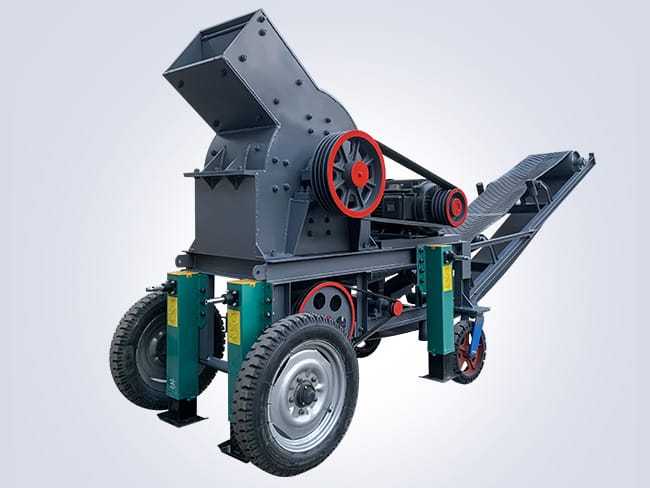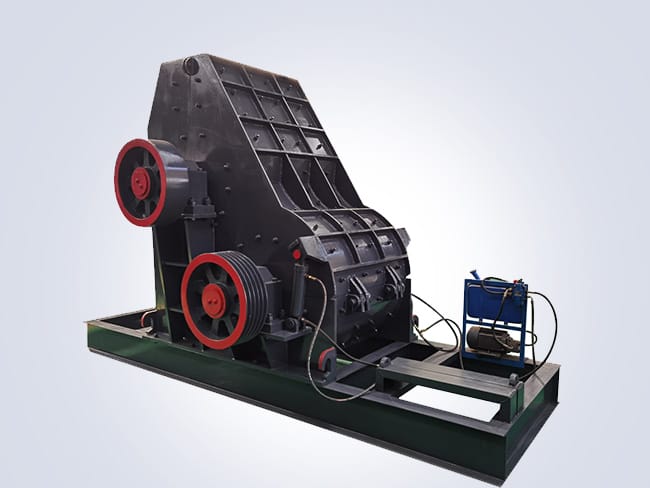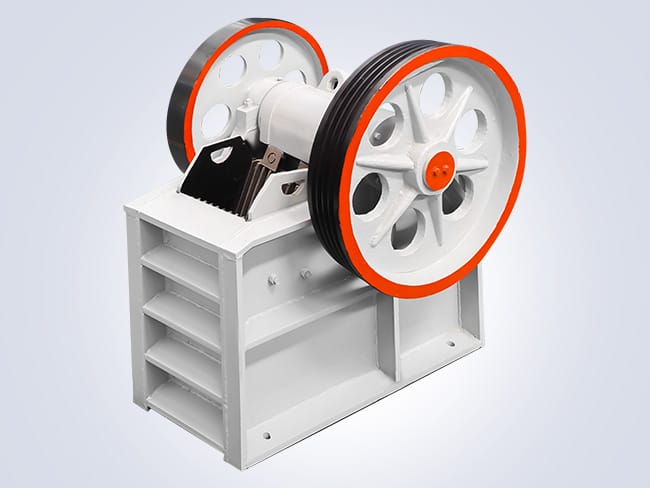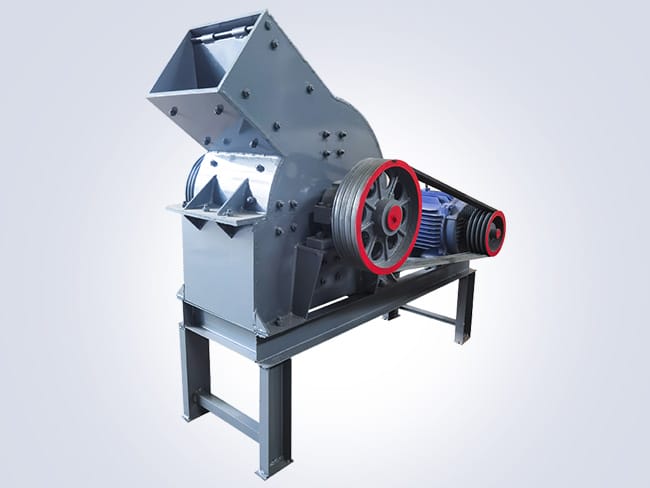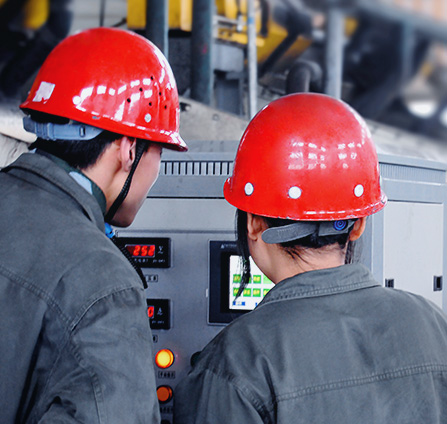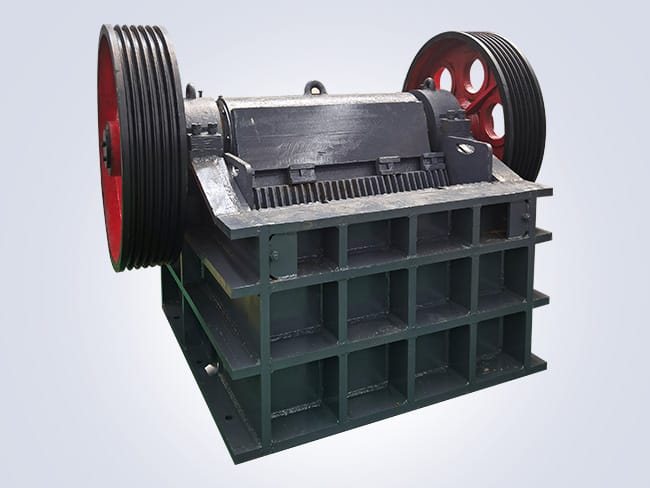
As fundamental equipment in industries such as mining, building materials, and chemicals. The jaw crusher has become the “core weapon” in the coarse crushing stage of materials, thanks to its powerful crushing capacity and stable performance. Its working principle mimics the chewing motion of animals, employing the periodic reciprocating compression between the movable jaw plate and the fixed jaw plate to crush hard materials like granite and limestone into appropriate particle sizes, providing high-quality raw materials for subsequent medium and fine crushing processes.
Jaw Crusher: The “Steel Giant Jaw” in the Industrial Crushing Field
This equipment features high-manganese steel-cast jaw plates and a heavy-duty eccentric shaft design, enabling it to withstand impact loads of hundreds of tons per hour, with a service life that is over 40% longer than traditional models. Its intelligent hydraulic adjustment system can real-time adjust the size of the discharge opening to ensure uniform particle size of the output materials. Meanwhile, it is equipped with an overload protection device that automatically retreats when encountering uncrushable materials, preventing equipment damage.
Under the trend of green manufacturing, the new-type jaw crusher has achieved a 15% reduction in energy consumption by optimizing its power system and transmission structure. Combined with a closed-type dust removal design, it effectively controls dust pollution. From iron mines on the Qinghai-Tibet Plateau to cement plants along the Yangtze River, this “steel giant jaw” is continuously safeguarding the “dental health” of China’s industry with its processing capacity of hundreds of tons per hour.




